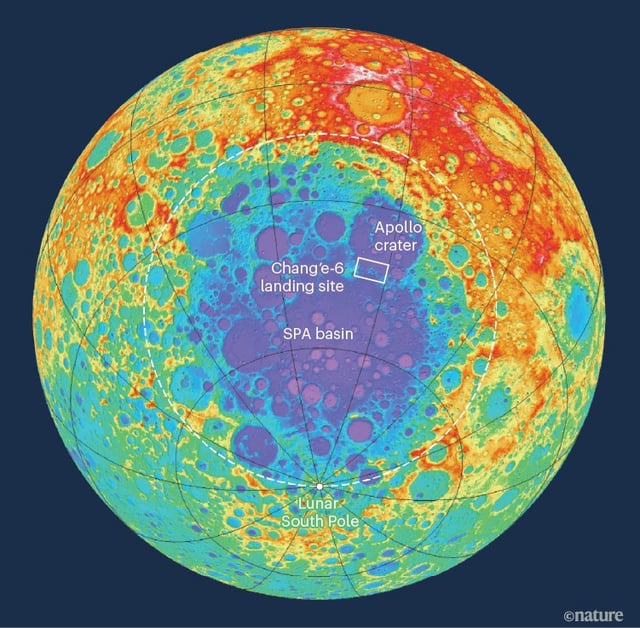Overview
- Four cover articles published in Nature on July 9 detail geochemical, chronological and paleomagnetic findings from 1.9 kilograms of lunar soil returned by Chang’e-6.
- Radiometric dating links the South Pole–Aitken basin to a massive asteroid impact about 4.25 billion years ago that stripped the local mantle of key elements.
- Basalt analyses identify two separate phases of farside volcanism at roughly 4.2 billion and 2.8 billion years ago, extending the known duration of lunar eruptions.
- Paleomagnetic measurements reveal the Moon’s magnetic field rebounded around 2.8 billion years ago, indicating an episodic rather than steadily fading dynamo.
- Comparisons with nearside samples show the farside mantle holds significantly less water and volatiles, underscoring fundamental hemispheric asymmetries.

